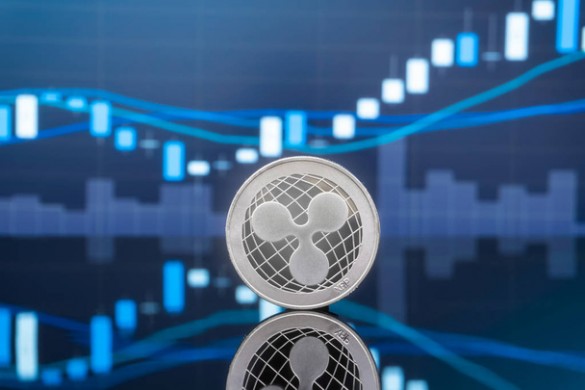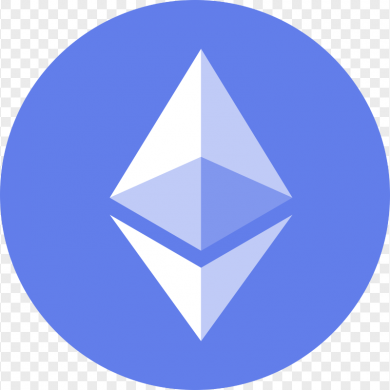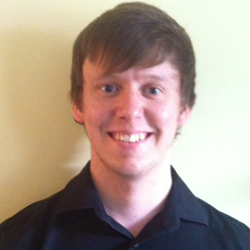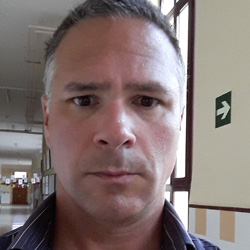The financial markets are the ultimate mirror — they reveal your weaknesses, amplify your fears, and test your patience. Success here demands more than sharp analysis; it requires continuous self-improvement. Traders who evolve emotionally, mentally, and strategically are the ones who endure.

If most traders invested half as much effort into personal growth as they do tweaking chart settings, their results would likely improve dramatically.
1. Awareness — The Mirror of Progress
Every trader’s first battle is inward. Before you can improve your strategy, you must understand yourself — your impulses, emotional reactions, and recurring missteps. Do you panic-sell too early? Enter trades out of boredom? Hesitate when opportunity appears? These aren’t strategy flaws; they’re behavioral patterns.
True awareness comes from brutal honesty — examining your trading journal without ego. Instead of asking “What went wrong?”, ask, “What pattern of behavior do I keep repeating?”
Knowledge isn’t the problem for most traders. Repetition of unnoticed mistakes is.
2. Deliberate Practice — Refining the Process
Improvement in trading is not about taking more trades; it’s about refining how you think and act. Deliberate practice means intentionally working on weaknesses and sharpening your decision-making process.
It could mean:
- Reviewing missed setups using historical data.
- Assessing discipline with a post-trade checklist.
- Measuring your “execution gap” — the profit lost to poor habits.
This stage can be uncomfortable. It’s not glamorous or fast, but it’s where skill is truly forged. The market rewards those who execute with precision and consistency, not those who simply know more.
3. Habit — When Discipline Becomes Second Nature
As you refine your process, good habits begin to take root. Actions that once required effort become instinctive. You no longer debate whether to follow your stop-loss rule — it’s automatic.
Strong habits create psychological clarity. They silence emotional noise, allowing traders to operate calmly and efficiently. This is where amateurs and professionals part ways: one reacts emotionally, the other responds systematically.
In trading — as in life — you don’t rise to your goals; you fall to the strength of your habits.

Source: create.vista.com
4. The Cycle Repeats — Growth Through Humility
Once habits solidify, the process begins again — but on a higher level. You return to self-awareness, discovering subtler flaws and deeper insights. Growth in trading is recursive, not linear.
The best traders remain humble because they understand that mastery isn’t about conquering the market, but mastering oneself. There’s no finish line — only continuous refinement.
Those who adapt the fastest survive the longest, and in the long run, survival itself becomes the foundation of success.
In Closing: Your True Edge Is You
An edge isn’t just a strategy or indicator — it’s a mindset. The ability to learn, adapt, and improve faster than others is what truly separates profitable traders from the rest.
Trading is evolutionary. Those who adapt thrive. The longer you stay in the game, the better you get — and the better you get, the longer you can stay in the game.
Your process is your edge. Master it, and the results will follow.
Learn from market wizards: Books to take your trading to the next level


 Hot Features
Hot Features












